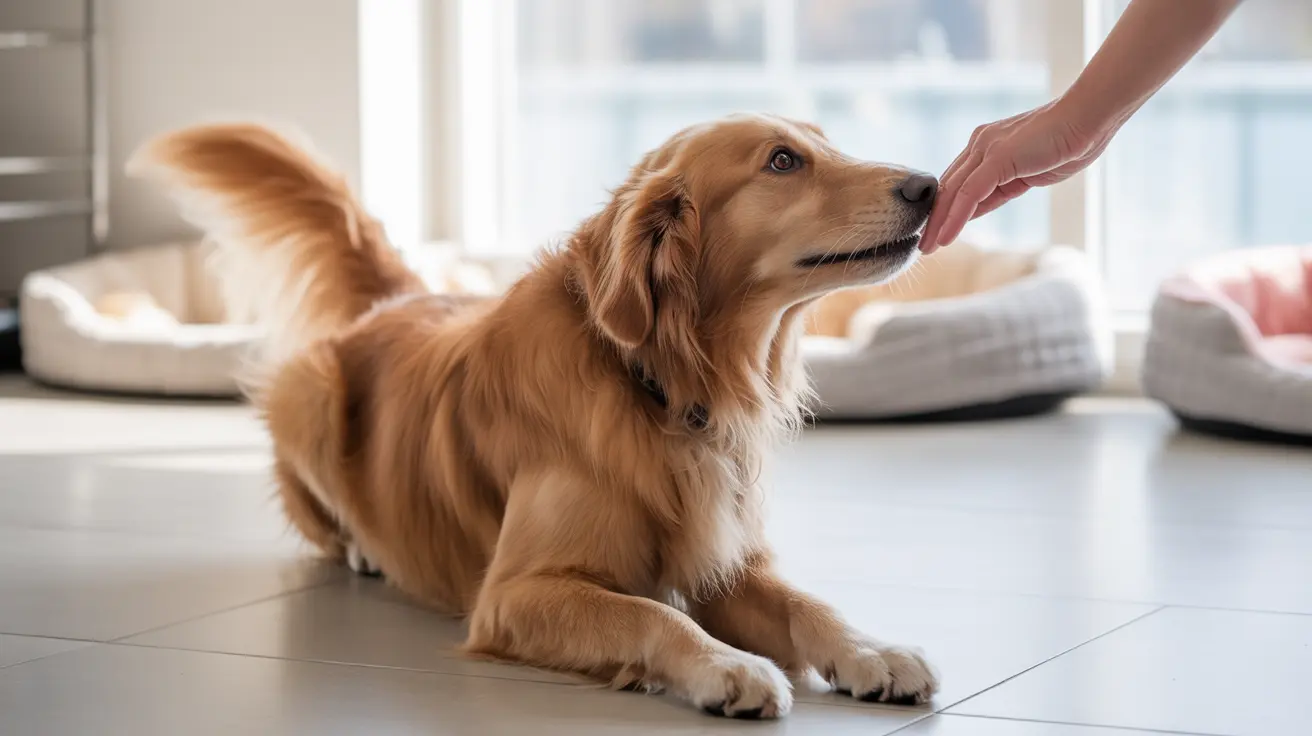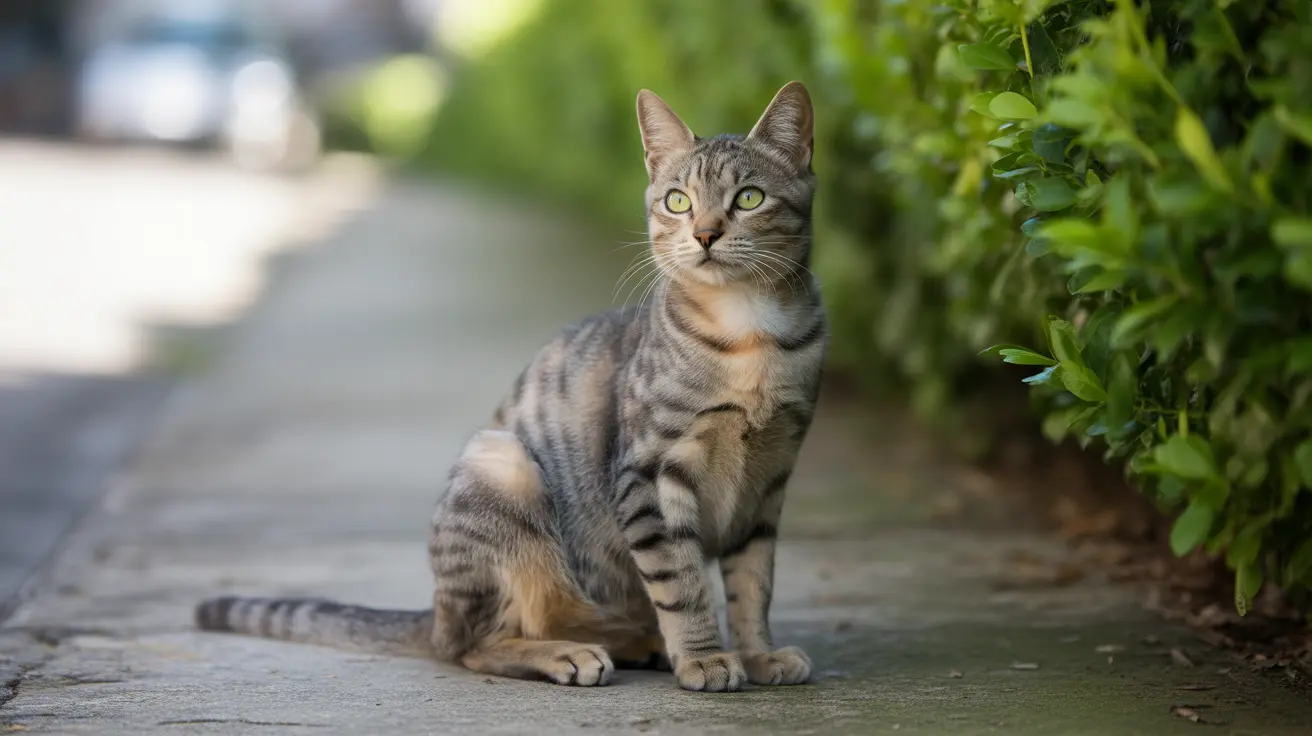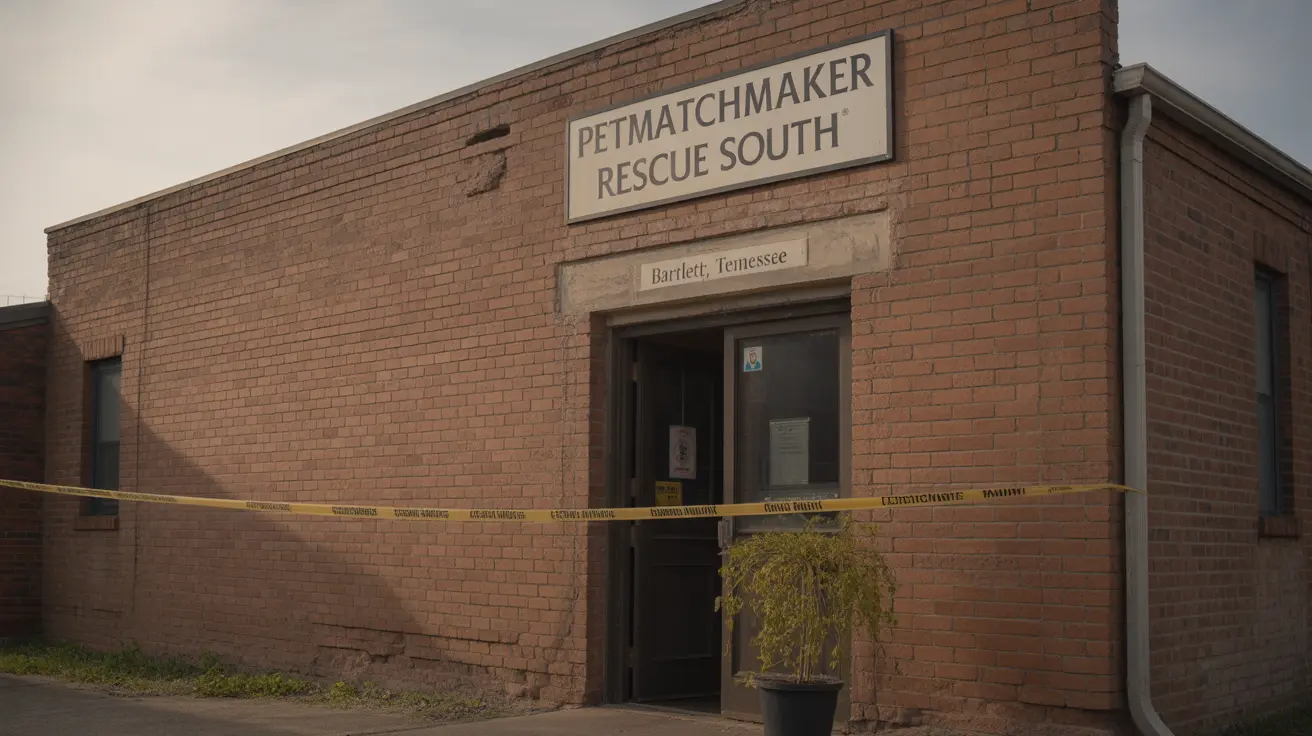Understanding Excessive Panting in Dogs
Dogs naturally pant to regulate their body temperature, especially after exercise or during hot weather. However, when panting becomes excessive or occurs without an obvious reason, it can signal underlying health concerns. Recognizing the signs of abnormal panting is essential for every responsible dog owner.
What Is Normal Panting in Dogs?
Under normal conditions, dogs pant:
- To cool themselves when they’re hot or after exercise
- Due to excitement or mild anxiety
- As a normal response to pain or discomfort
Normal panting is typically slower and less intense, and it subsides once the dog calms down or cools off.
What Does Excessive Panting Look Like?
Excessive panting can look dramatically different from usual panting. Here are the key characteristics:
- Rapid and shallow breaths: The dog breathes quickly and the chest or sides may visibly move with each breath.
- Panting with wide-open mouth and protruding tongue: More exaggerated than typical panting, often with the tongue lolling out longer than usual.
- Panting at rest: The dog may pant while lying down or when it hasn’t been active.
- No environmental trigger: Occurs despite being cool, calm, and not exercising.
- Accompanied by restlessness or distress: The dog might appear agitated, pace back and forth, or have dilated pupils.
- Occurs at odd times: Nighttime panting or panting during sleep may be a red flag.
Common Causes of Excessive Panting
Several potential conditions might cause your dog to pant excessively, including:
- Heatstroke: Dangerously high body temperature due to overheating. This is a medical emergency.
- Pain or injury: Dogs may express discomfort through panting, especially if they can’t vocalize pain.
- Heart disease: Cardiac issues can cause difficulty breathing and increased panting.
- Lung disorders: Conditions like pneumonia or laryngeal paralysis affect breathing.
- Hormonal imbalances: Cushing’s disease often leads to increased panting.
- Obesity: Excess weight makes breathing harder, leading to heavier panting.
- Stress or anxiety: Dogs under psychological distress often pant excessively.
- Medication side effects: Certain prescriptions like steroids can increase panting as a side effect.
When Should You Be Concerned?
It’s critical to monitor your dog’s behavior and environment. You should seek veterinary attention if panting is:
- Unexpected and persistent
- Accompanied by other symptoms such as coughing, lethargy, vomiting, or diarrhea
- Getting worse over time
- Interfering with sleep or rest
- Followed by collapse or disorientation
How to Help a Panting Dog
If your dog is panting excessively, consider these immediate steps:
- Move them to a cool, shaded area or an air-conditioned room
- Provide fresh, cool water
- Use a cooling pad or wet towel under their belly
- Comfort them if anxiety or stress might be a trigger
- Monitor their body temperature if you suspect heatstroke
- Contact your vet if symptoms persist
Preventing Excessive Panting
You can minimize the occurrence of excessive panting by:
- Ensuring your dog maintains a healthy weight
- Exercising during cooler parts of the day
- Keeping your dog well-hydrated
- Managing anxiety with training or consultation with a behaviorist
- Getting regular veterinary check-ups
Always treat sudden changes in breathing as a reason to investigate. Quick and observant action can make all the difference in ensuring your dog’s health and comfort.





